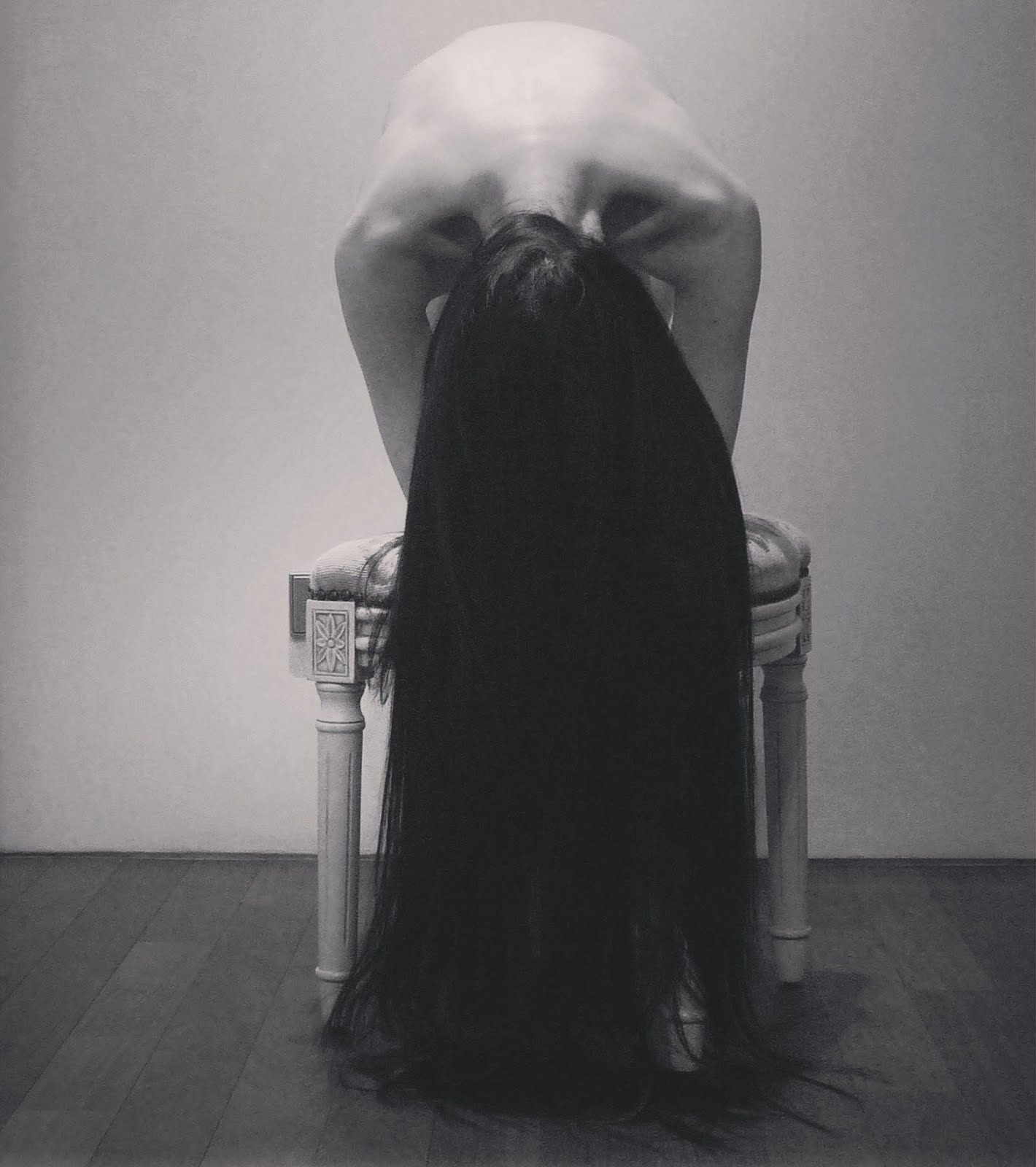

In Vajrayana Buddhism and in the esoteric Tendai and Shingon sects of Japanese Buddhism, Rāgarāja (Aizen Myō-ō, 愛染明王 or 愛染妙王) is the deity which transforms worldly lust into spiritual awakening. Originally a Hindu deity, Rāgarāja, the deity was adapted into Chinese Buddhism as Àiren Ming-wang, and then as Aizen Myō-ō when the founder of Shingon, Kobo Daishi returned from China to Japan.


Rāgarāja is considered a Vidyaraja or "Great Wisdom King", in keeping with others like Acala and Gozanze. There are four different mandalas associated with Rāgarāja. The first posits him with thirty-seven assistant devas, the second with seventeen. The other two are special arrangements, one made by Chisho Daishi, fourth patriarch of the Tendai sect, the other a Shiki mandala which represents deities using their mantra seed syllables drawn in bonji.
He is portrayed as a red-skinned, frowning man, his appearance representing suppressed lust and passion. He variously has two, four or six arms; in the latter form, his hands bear a bell, a stick, a thunderbolt, a lotus, a bow and an arrow. Similarly, he sometimes has two heads, with a lion's head in his wild hair. According to the Yogin Sutra (Ch: Jingangfeng louge yiqie yujia yuqi jing) attributed to Vajrabodhi, he represents the state at which sexual excitement or agitation becomes enlightenment and passionate love becomes compassion for all living things.
(*Text via: Wikipedia)





No comments:
Post a Comment